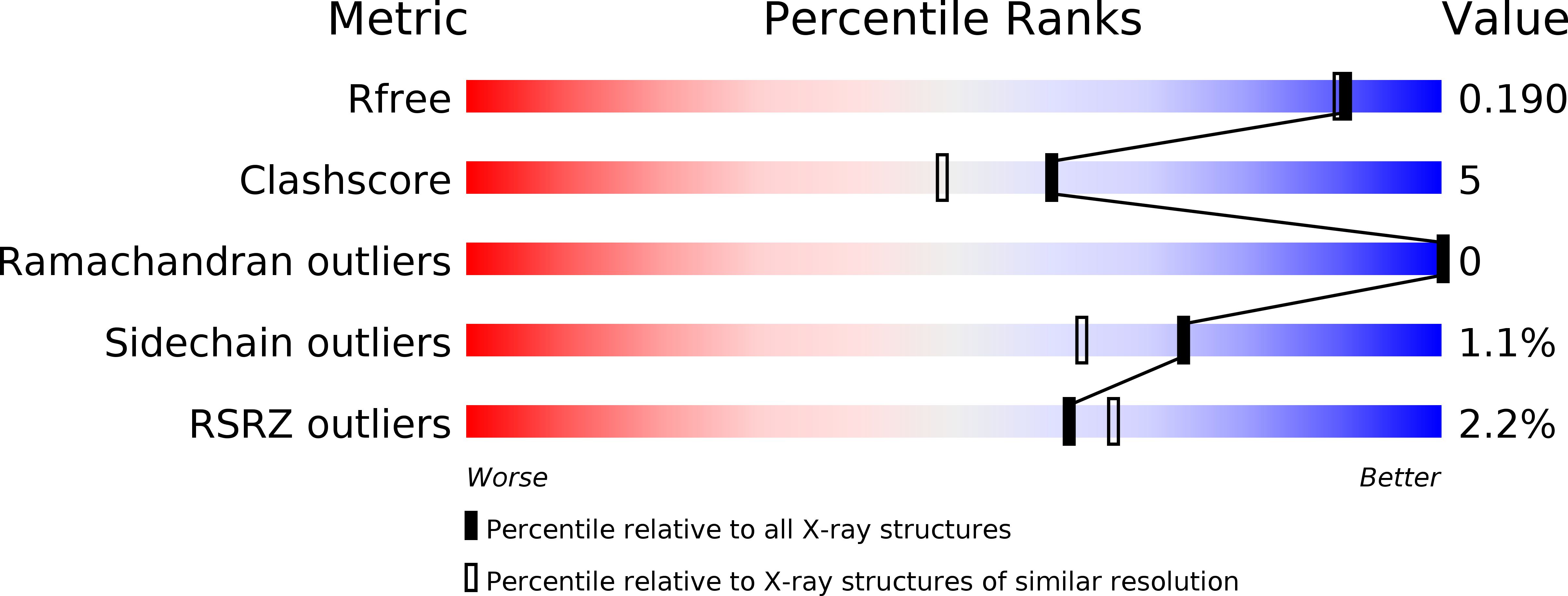
Deposition Date
2010-06-21
Release Date
2010-11-24
Last Version Date
2023-09-06
Entry Detail
Biological Source:
Source Organism:
Helicobacter pylori (Taxon ID: 85963)
Host Organism:
Method Details:
Experimental Method:
Resolution:
1.70 Å
R-Value Free:
0.19
R-Value Work:
0.17
R-Value Observed:
0.17
Space Group:
P 31 2 1


